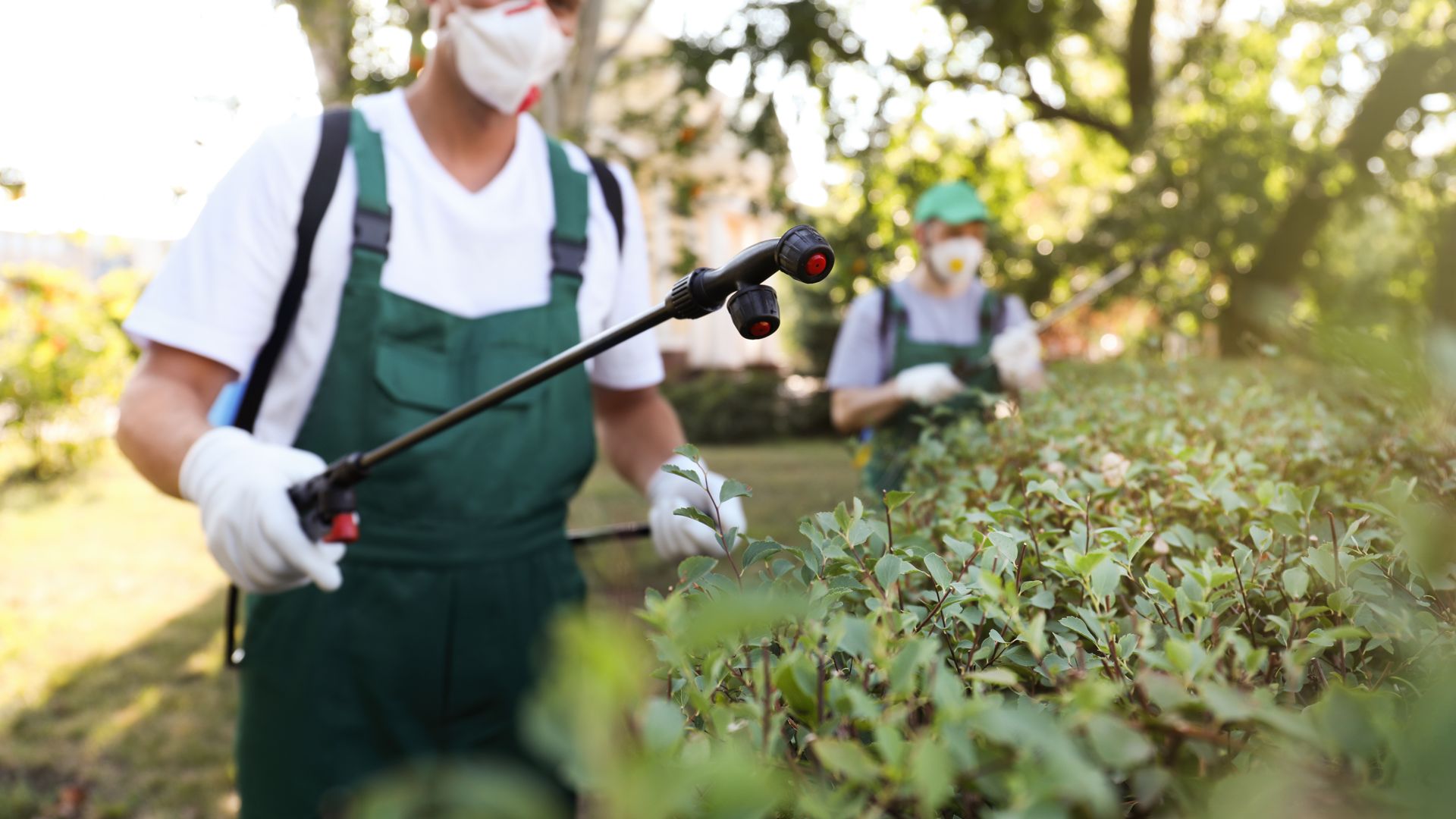
Occasional Invader Identification & Prevention
What are occasional invaders?
Occasional invaders are pests that infrequently or seasonally enter homes, looking for food or shelter. Some of the most common occasional invaders are bugs such as silverfish, moths, and centipedes. Silverfish look like flat worms with long antennae, no wings, and three long bristle-like appendages on the back end of their bodies. Moths tend to have four distinct wings covered in scales. Some are light tan or gray; others are pale yellowish or brownish. Centipedes have segmented bodies of various sizes linked together by connecting pieces of their exoskeleton and legs worked into grooves along each side of their body segments.
Are occasional invaders dangerous?
No, occasional invaders are not dangerous. While they can be distressing to find in your home, these pests typically do not cause any harm to people or pets as they move around searching for food or shelter. Occasional invaders can look intimidating with their antennae and spiny legs, but most are relatively harmless and will only feed on things like starchy food crumbs, paper products, pet foods, fabric items, and stored food products.
Silverfish may leave behind yellow stains along baseboards due to the presence of their excreta, while moths may create holes in various fabrics, including wool. Centipedes can bite if threatened, so it's best not to handle them directly. However, it is still highly unlikely that these pests cause much damage aside from the fact that they are a nuisance.
Why do I have an occasional invader problem?
Occasional invaders enter your home due to a range of factors, including dampness (which silverfish prefer) or food sources (which moths and centipedes look for). Factors could be anything from moisture-filled rooms to spilled food in the kitchen or pet food left out. Additionally, they may have found their way into your home through small cracks in your foundation or around doors and windows. Some also love materials like cardboard, paper, or fabrics that contain starch.
Where will I find occasional invaders?
Occasional invaders usually seek out dark, damp spaces, like basements, bathrooms, and kitchens. Silverfish prefer to be around moisture since they need water to survive, and moths can gravitate to stored food in cupboards or pantries. Centipedes typically hide in warm, humid places; you'll often find them near sinks and tubs. If you notice any of these pests in your home, it is important to take proactive measures and contact a pest control professional.
How do I get rid of occasional invaders?
It can be difficult to eliminate an infestation on your own. The occasional invaders in or around your home are usually just the tip of the iceberg, as most of them live and breed elsewhere, often outside in damp areas. To truly eliminate their presence from your home, it's important to track how they're getting inside and identify any potential hiding spots.
At High Country Pest Control, we have the experience needed to accurately diagnose and identify any possible pest issues you may have, including occasional invaders like silverfish, moths, and centipedes. Our team of experts uses advanced tools and techniques to find out where these pests are on your property and eliminate them. We also offer various preventative treatments to protect your home from infestations.
How can I prevent occasional invaders in the future?
To ensure that occasional invader pests like silverfish, moths, and centipedes stay away from your property, it is important to:
- Inspect your home for any potential entry points, such as cracks in the foundation or around windows and doors; seal up any areas where pests may enter.
- Regularly check for signs of moisture buildup around damp areas like basements and bathrooms; use dehumidifiers if necessary to reduce humidity.
- Clean up after meals and store all food properly in sealed containers.
- Store items like cardboard boxes, paper products, and fabrics containing starch in tightly closed containers.
- Remove stacks of firewood or debris near the exterior walls of your home that could provide shelter for occasional invaders.
These simple but effective prevention tips for occasional invaders can help you protect your home. But, if you find yourself with an active invasion, contact the High Country Pest Control professionals. We will help protect your home and family from these uninvited guests.

Why Choose High Country Pest Control?
Quality Is Our Commitment
-
Local ServiceWe are a local business that knows local pests. We are your neighbors, and we care about our community.
-
100% Satisfaction GuaranteeFrom the start, our commitment has been to ensure 100% service satisfaction.
-
Safe TreatmentsWe care about you, your children, and your pets. Our treatments are safe for all of you and for the environment.
-
Local ProfessionalsWe are a local business with experienced pest professionals. We have over 30 years of experience in the pest control industry.

When you need pest control for your home or business, you can count on High Country Pest Control to deliver the quality services you need. We use effective and environmentally friendly methods that are tough on pests and safe for your family. No matter what pest problem you find yourself dealing with, High Country Pest Control will take care of it quickly and with excellence. High Country Pest Control is the company to contact for quality pest control delivered with pride. Call us now!

-
"I highly recommend them!"
We have continued to use High Country Pest Control for the last two years and have continued to be very pleased with their service and the results! They are always timely, friendly, helpful and are knowledgeable about their craft.
- Kristen B. -
"Highly recommend."
I had a bad problem with mice several years ago and hired High Country. They solved my problem and I signed up for the quarterly service. Not only NO MORE MICE but also no more unwelcomed insects!
- Miles F. -
"The best!"
I have several Airbnb properties and any time I’ve needed them they make a point to come same day. Gabe was here today and did a very thorough check. So appreciate businesses like this! Earn my business every time!
- Lindsay A. -
"Professional, Polite, and Thorough."
Adrian rearranged his schedule and came to service our home today after a not-so-great experience with a precious tech. He definitely earned our business moving forward!
- Jamie C. -
"Thank you for your services!"
High Country Pest Control has provided a reliable and effective service in getting rid of all kinds of bugs at my new home. They are professional, quick to respond, and have a very kind and friendly staff.
- Emily M. -
"Thank you, Kevin!"
I just had my first experience with High Country Pest Control yesterday and they were outstanding. They came on the day I called, and Kevin was excellent.
- Tom D. -
"Grateful"
High Country Pest Control helped me with a mouse issue in my house. They came out very quickly and set up stations all around my house. When they came back for the follow up, the stations gave me a clear idea of what state my issue was in.
- Soleil W. -
"Would highly recommend them!"
We had High Country Pest Control come out for 2 treatments. With all of this rain we have seen an uptick in ants and bugs around. We just had the second one done and James was great. Very friendly and helpful the whole time, explaining the process as he we
- Shane F.


.2508050807088.jpg)
.2505070634102.jpg)
.2505070631473.jpg)